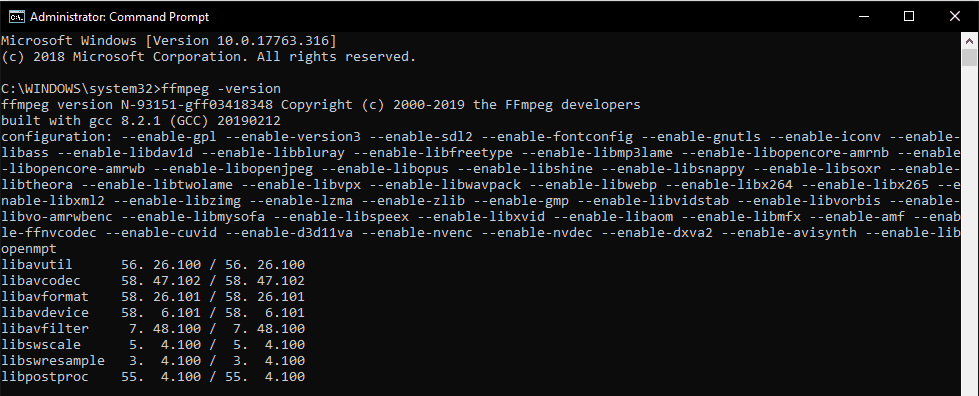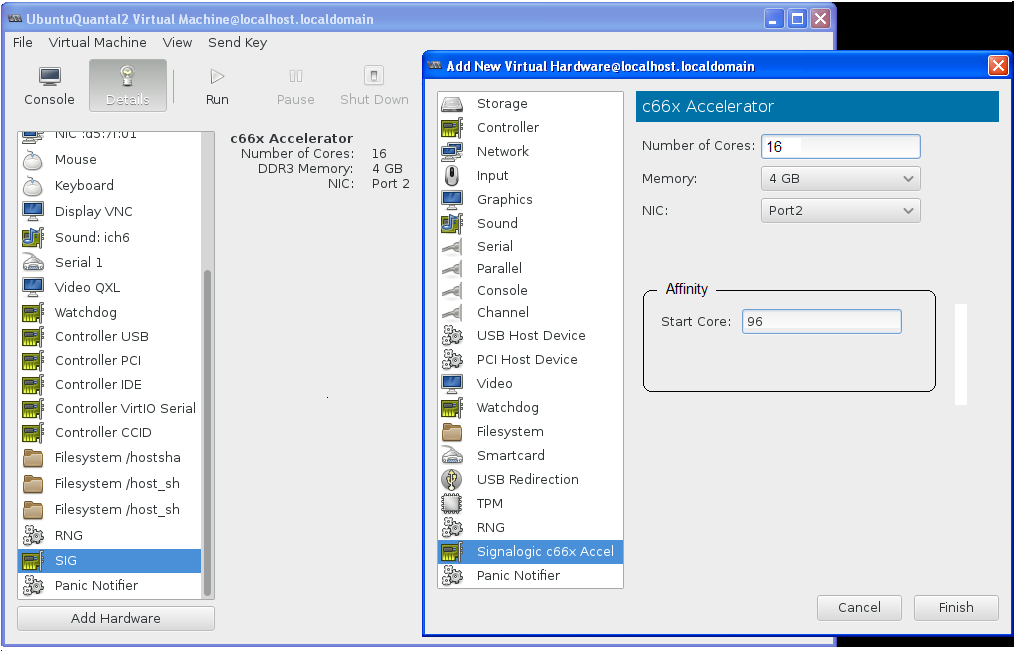



Proc = subprocess.Popen(cmd, stdout=subprocess.PIPE, stderr=subprocess.STDOUT, shell=True) #ffmpeg -f gdigrab -framerate 30 -offset_x 10 -offset_y 20 -video_size 640x480 -show_region 1 -i desktop output.mkv #CODE THAT ACTUALLY WORKS WITH FFMPEG CLIĬmd = 'D:/Downloads/ffmpeg-20200831-4a11a6f-win64-static/ffmpeg-20200831-4a11a6f-win64-static/bin/ffmpeg.exe -f gdigrab -framerate 30 -offset_x 10 -offset_y 20 -video_size 100x100 -show_region 1 -i desktop -f image2pipe, -pix_fmt bgr24 -vcodec rawvideo -an -sn'

"""Generator to read frames from ffmpeg subprocess""" # ffmpeg -y -pix_fmt bgr0 -f avfoundation -r 20 -t 10 -i 1 -vf scale=w=3840:h=2160 -f rawvideo /dev/null The following code was adapted from i want to display mouse pointer in my recording but it doesn't work on a Windows 10 (圆4) setup (using Python 3.6). Reality is, many of these C language features are cosmetic extensions introduced in C99 that are trivially emulated using classic C89 syntax.I'd like to record the screen with ffmpeg as it seems to be the only player out there who can record a region of the screen along with the mouse cursor. There are complete patches and forks related to this one single feature. compound literals, designated initializers, GCC-style inline assembly). Usually this will be followed by some list of C language features/extensions that GCC supports, but MSVC doesn’t (e.g. The default (quite arrogant) answer used to be that this is not possible, because the godly FFmpeg code is too good for MSVC. An often-requested feature for FFmpeg is to compile it using Microsoft Visual Studio’s C compiler (MSVC).


 0 kommentar(er)
0 kommentar(er)
